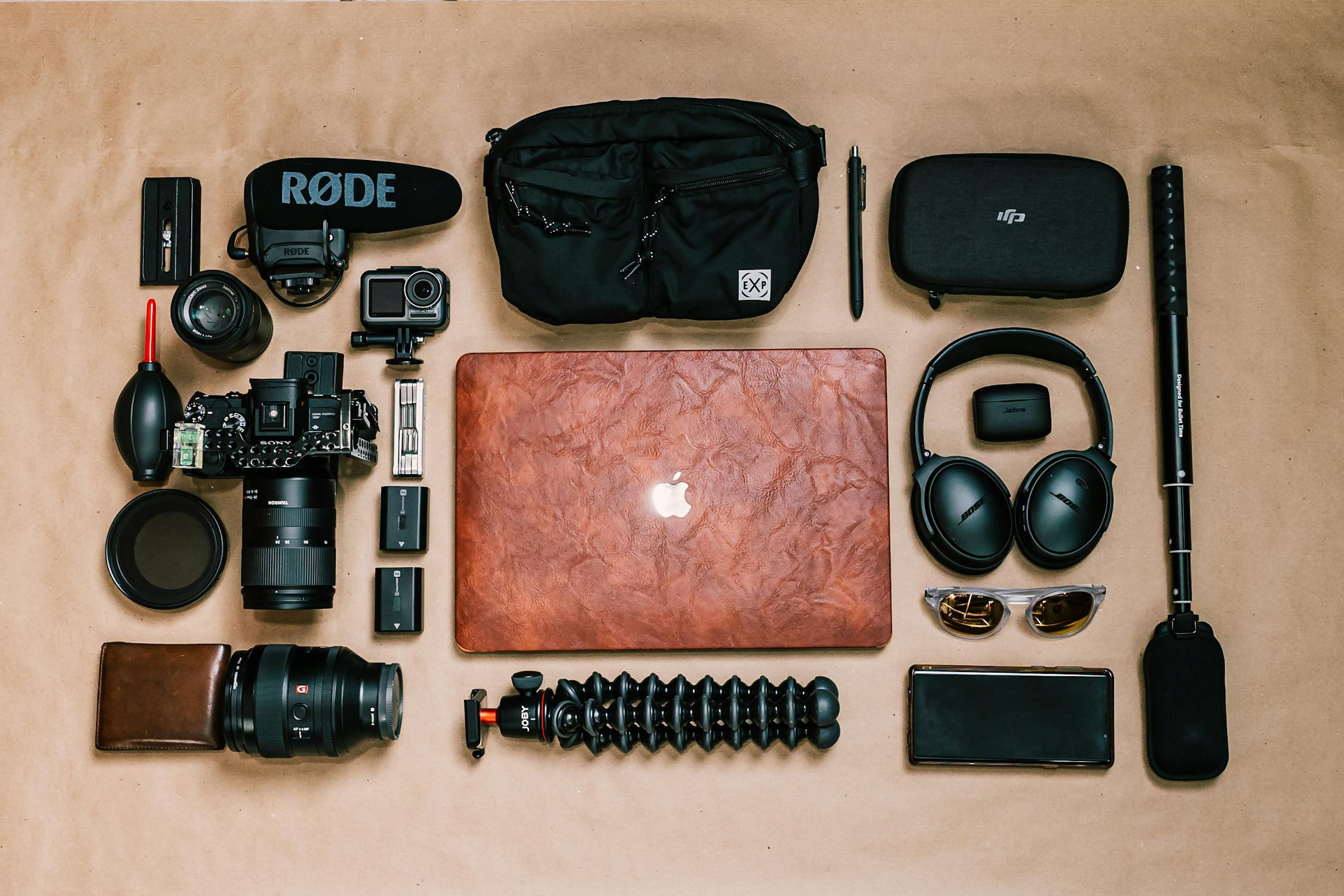In web design, every pixel counts. Layout has a major influence on engagement, aesthetics, and user experience on a website. Among the many design principles at a designer’s disposal, one stands out for its simplicity yet profound impact: white space. Mastering the art of white space in web design is not merely about leaving areas blank; it’s about understanding how to use this negative space strategically to enhance the user’s journey through the website.
What Is White Space?
Before delving into its mastery, let’s define white space. Also known as negative space, white space refers to the empty areas between elements on a webpage. This space doesn’t necessarily need to be white; it can be any color or even a pattern. The term “white” space originates from traditional print design, where unused paper space was often white.
The Importance Of White Space
At first glance, white space may seem like wasted real estate on a webpage. However, when used effectively, it serves several crucial purposes:
- Enhanced Readability:
White space around text blocks, paragraphs, and other content elements improves readability by reducing visual clutter and allowing the user’s eyes to rest between sections.
- Focus On Key Elements:
By surrounding important elements such as headlines, calls to action, or product images with ample white space, designers can draw attention to them and guide users’ focus.
- Improved Comprehension:
White space aids in the organization of content into manageable portions, which in turn facilitates user comprehension and navigation.
- Elevated Aesthetics:
A well-balanced use of white space can give a website a clean, sophisticated look, enhancing its overall visual appeal.
- Mobile Responsiveness:
The importance of white space cannot be overstated in the mobile browsing era, since it guarantees a consistent user experience regardless of screen size. Adequate spacing between touch targets prevents accidental clicks and improves usability on smaller devices.
Techniques For Mastering White Space
Now that we know why white space is so crucial, let’s look at some ways to make it work for you in web design:
- Whitespace As An Element:
Instead of viewing white space as mere space, consider it as an integral design element. Purposefully incorporate white space into your layout to create balance, harmony, and rhythm.
- Optimal Margins And Padding:
Pay attention to margins and padding around content blocks, images, and other elements. Avoid cramming elements too close together; instead, provide sufficient breathing room to prevent visual overload.
- Hierarchy And Emphasis:
Use white space to establish a clear hierarchy of information. Increase the amount of white space around primary elements to give them greater emphasis, while secondary elements can have less space around them.
- Grid-Based Layouts:
Adopting a grid-based layout system can help maintain consistency and alignment while effectively utilizing white space. Grids provide structure and organization, making it easier to create visually appealing designs.
- Minimalist Design:
Subtract superfluous details and highlight key information to adhere to minimalist design principles. Allow white space to dominate the layout, creating a sense of openness and simplicity.
- Whitespace In Navigation:
When designing navigation menus and buttons, ensure adequate spacing between items to prevent user confusion and facilitate easy navigation. Large clickable areas with generous white space around them enhance user interaction, especially on touch devices.
- Whitespace In Typography:
Pay attention to the spacing between letters, words, and lines of text. To make the typography hierarchy more aesthetically beautiful and to make the text easier to read, you can change the leading and tracking space.
- Consistency Across Devices:
Use white space consistently across different devices and screen sizes. Make sure the layout still looks good and works well on PCs, tablets, and cellphones by testing it thoroughly.
Conclusion
Mastering the art of white space in web design is a journey that requires careful consideration, experimentation, and refinement. When searching for a top-notch web design company Denver, consider those that master the art of white space to create visually appealing and user-friendly websites. By understanding the principles of white space and employing effective techniques, designers can create websites that are not only visually appealing but also intuitive, engaging, and user-friendly. Whether designing for desktop or mobile devices, white space remains a powerful tool for enhancing the user experience and achieving design excellence. So, embrace the whitespace and let it guide your designs to new heights of elegance and functionality.












